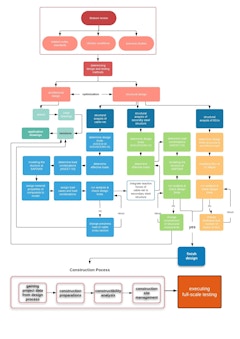
Hydroformed Shading
New approaches to lightweight metal forming have the potential to advance architectural fabrication, particularly in the design and engineering of hi…

New approaches to lightweight metal forming have the potential to advance architectural fabrication, particularly in the design and engineering of hi…

Traditional approach for engineering the facade is building an isolated analysis model. However, it inhibits a dynamic design process where architect…

The SCALP device is designed to measure the residual compressive surface stress of glass. As the SCALP does not rely on the birefringence properties …
Facade failure due to seismic event represents a potential hazard to people and can cause serious damages to buildings with consequent high-cost reme…

Curtain wall design commonly uses insulating glass units for vision and spandrel glazing to provide better visual harmonization of building facade gl…

Architects today must explore alternative enclosure materials to meet evolving energy codes and embodied carbon regulations. Terra cotta has been mos…

Flat cable-net facades are form-active structures which provide maximum transparency by means of point fixing components, tensioned cables, and struc…

This paper outlines the successful implementation of digital workflows between the design team composed of Architect, Structural Engineer and Project…

The Science and Engineering Complex (SEC) on the Allston Campus is the largest new building at Harvard University in recent decades with a footprint …